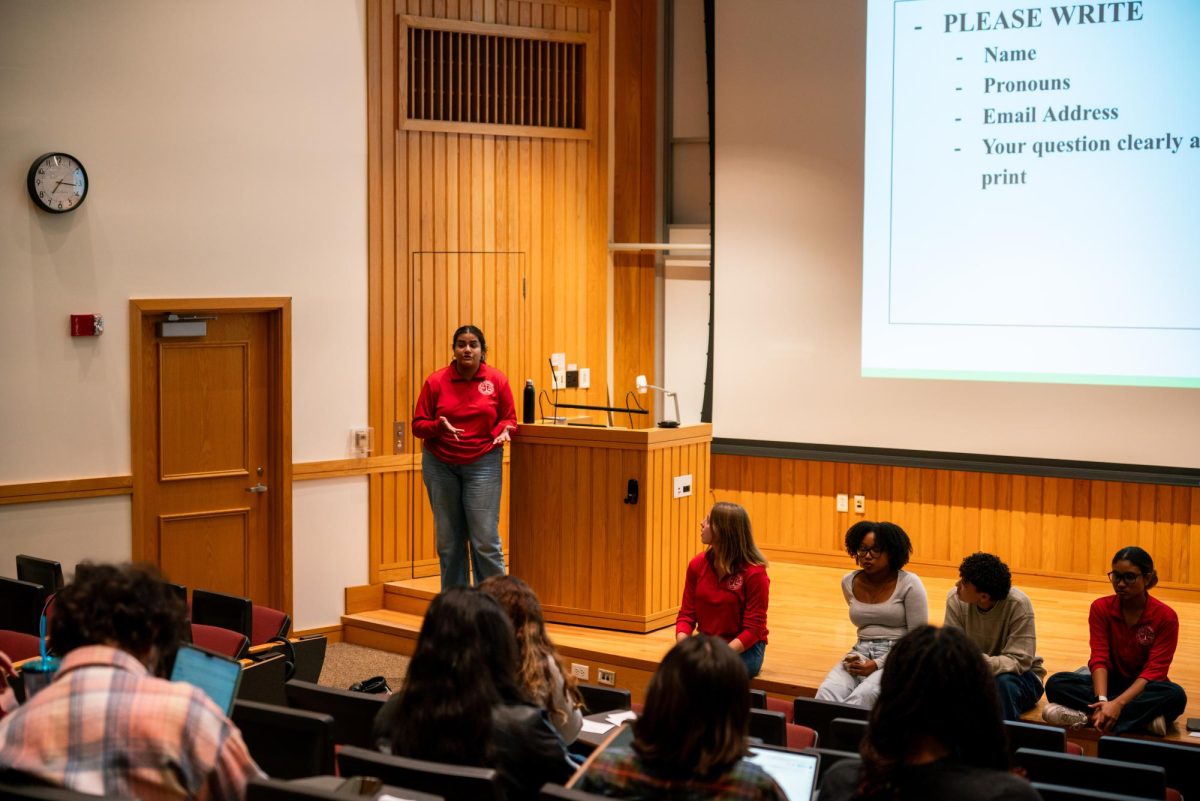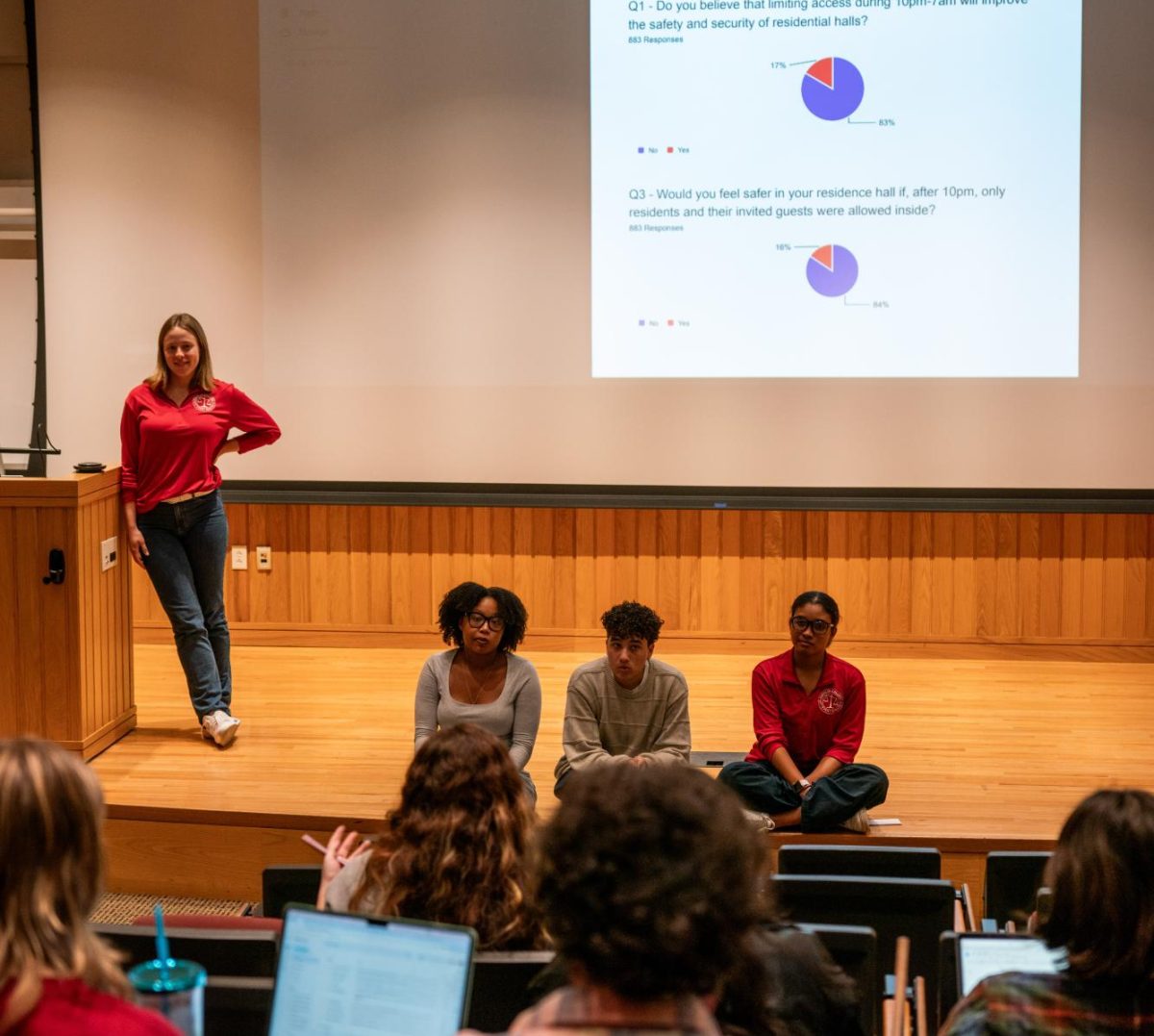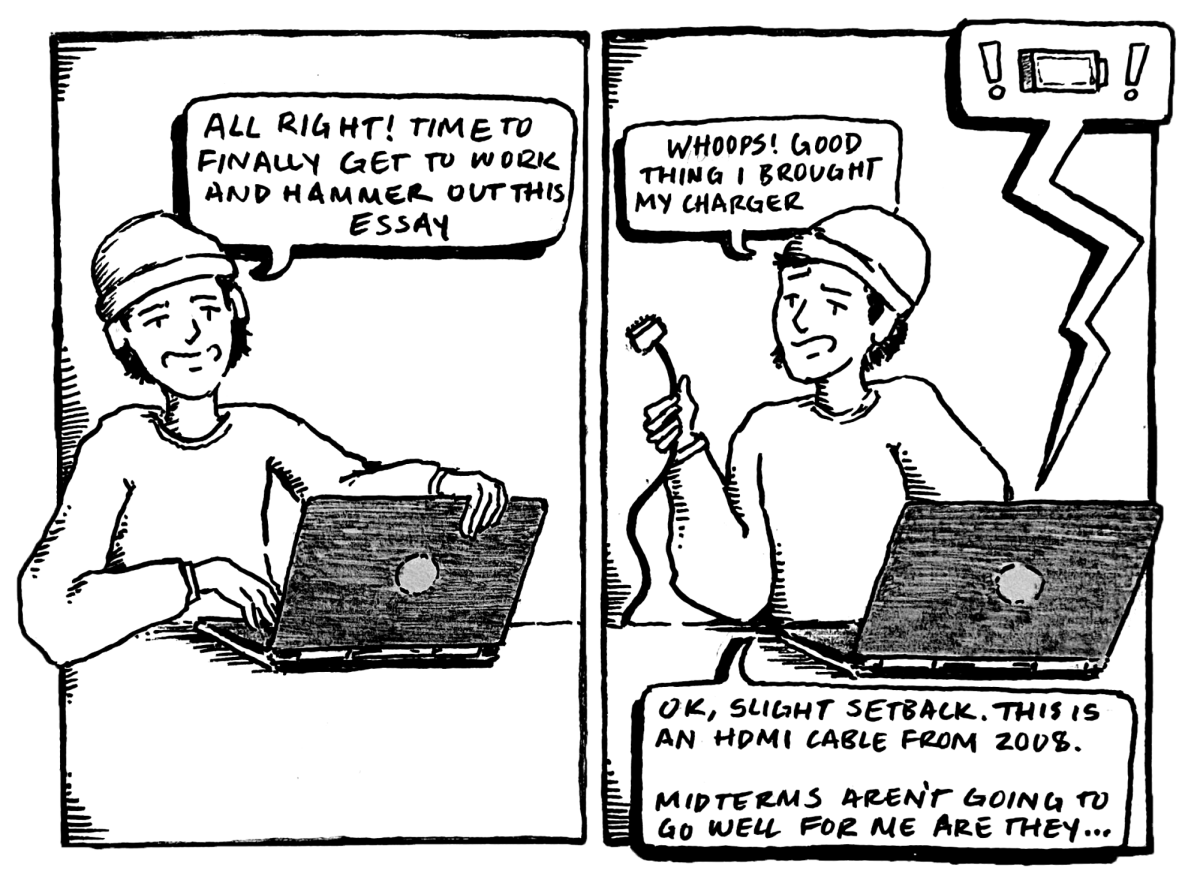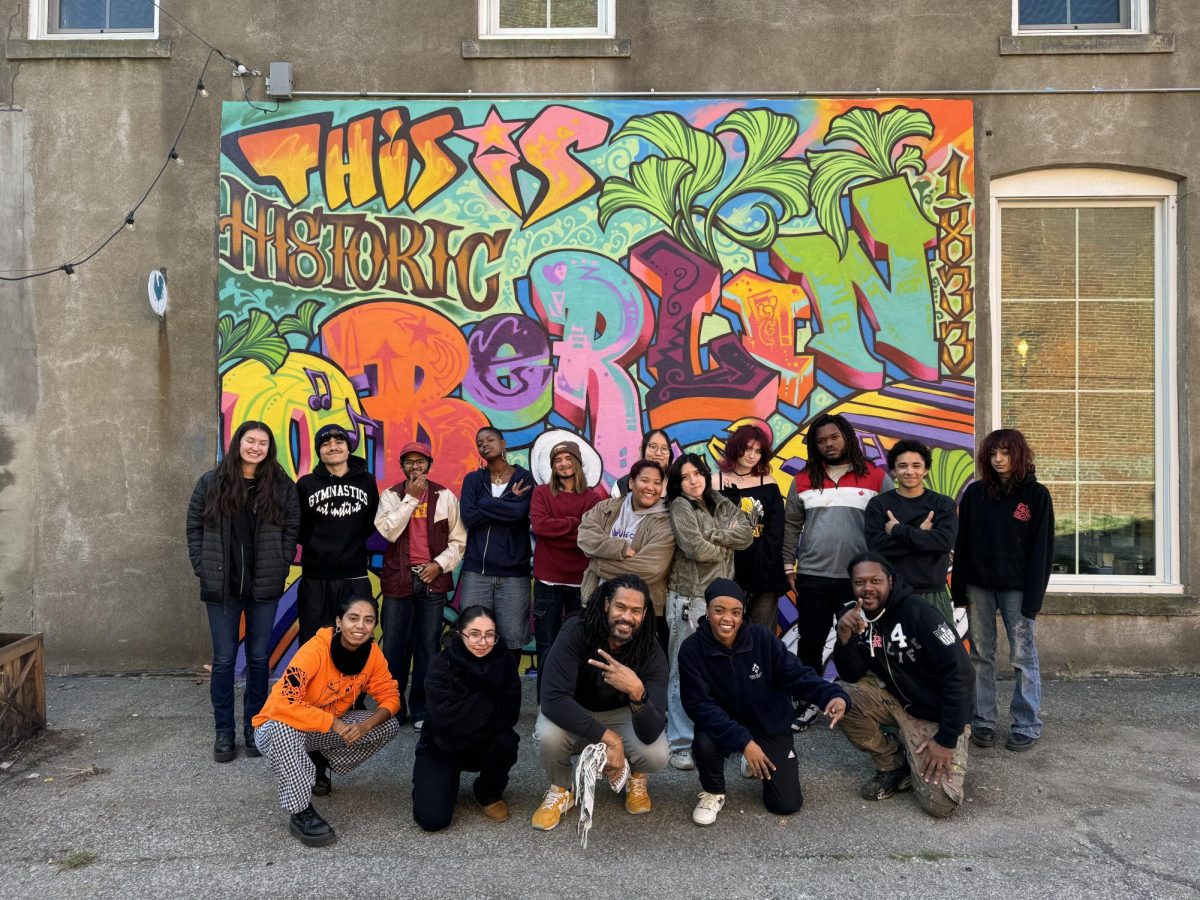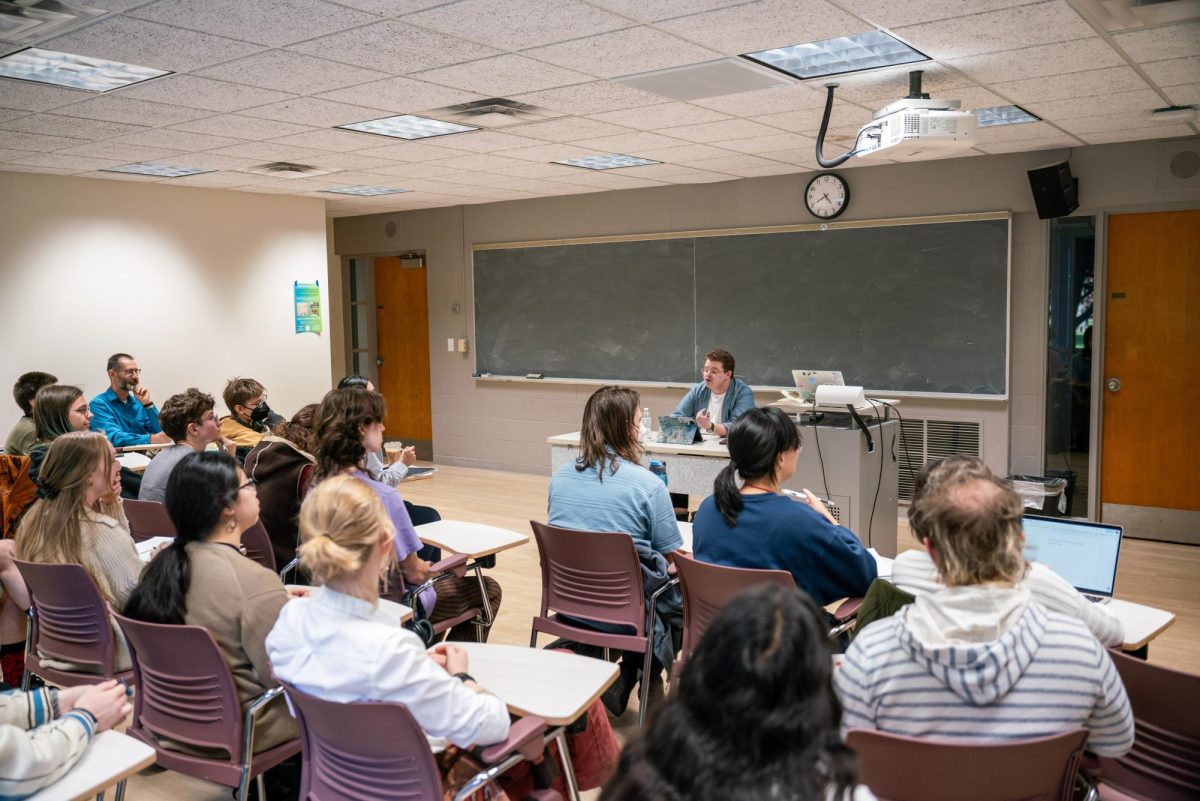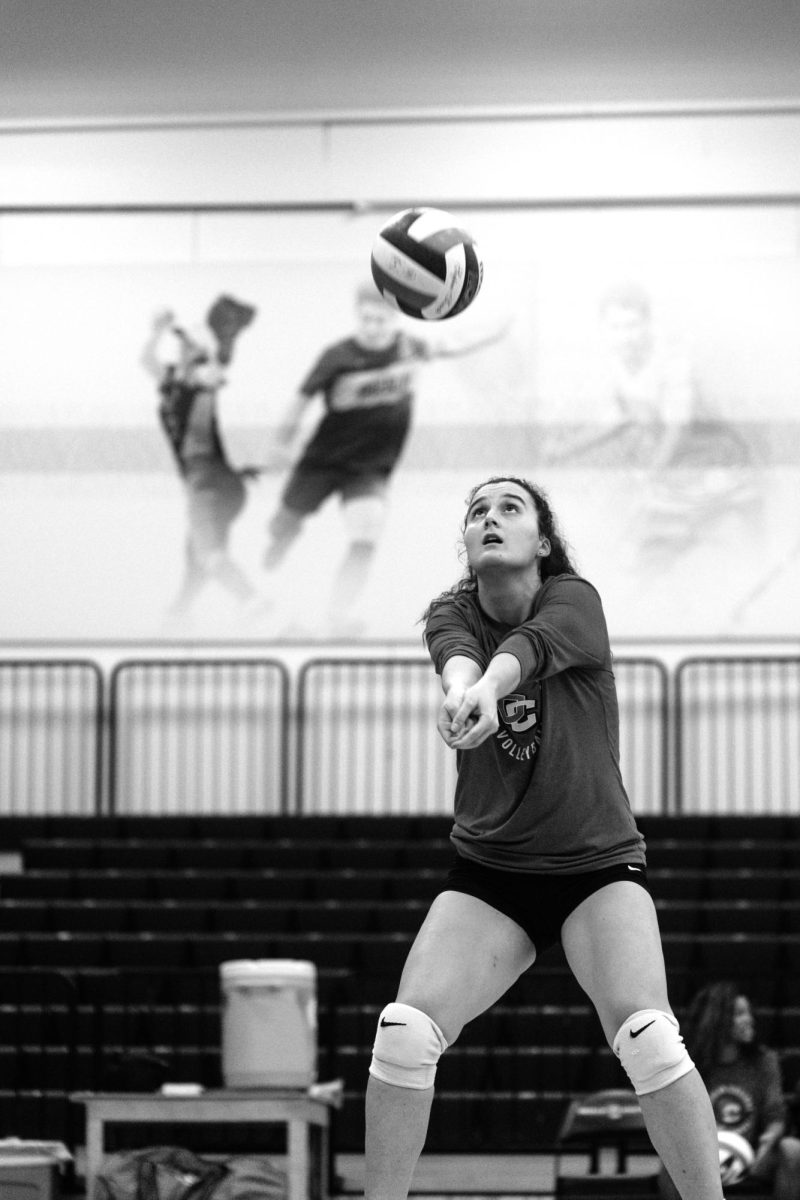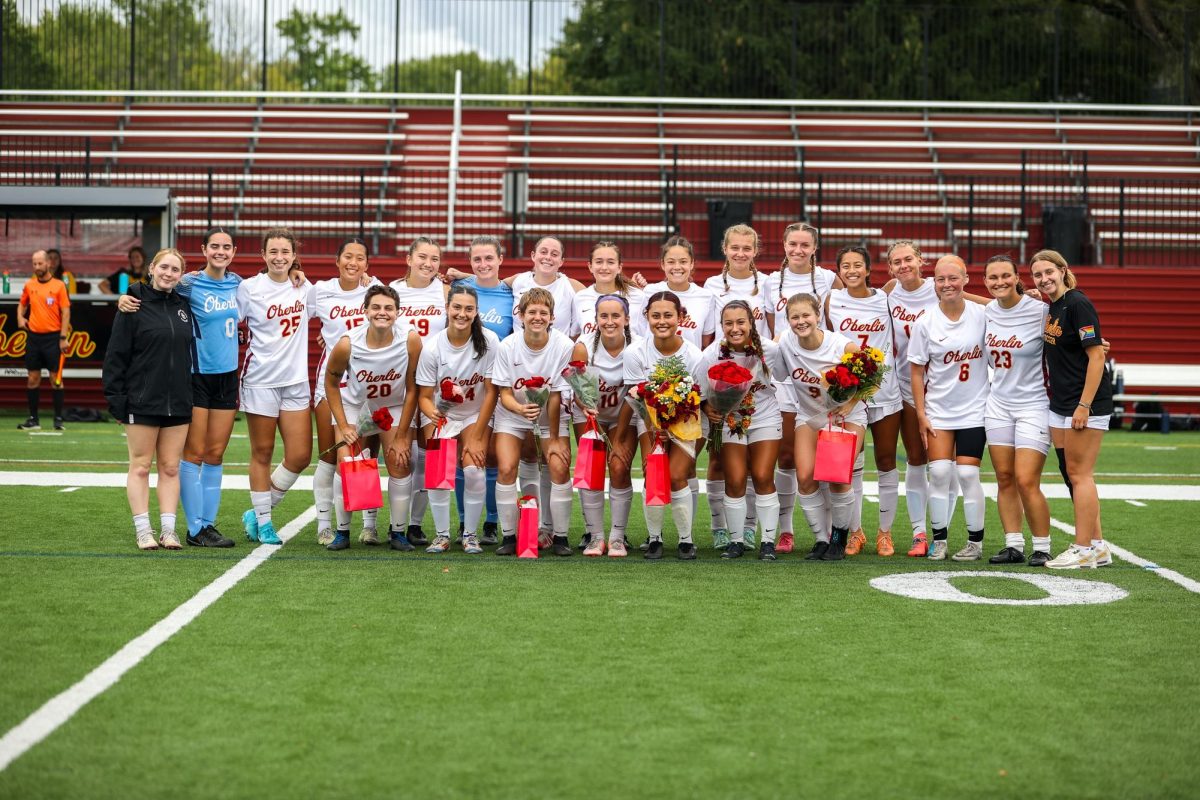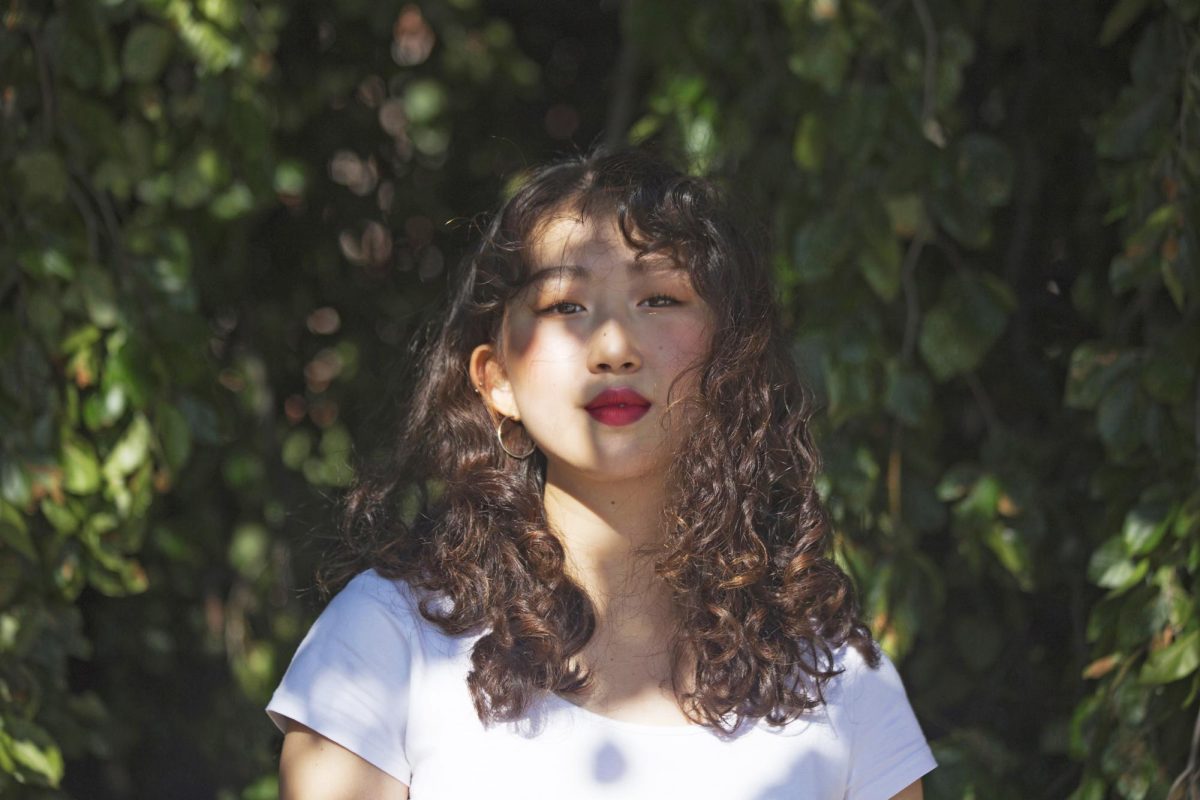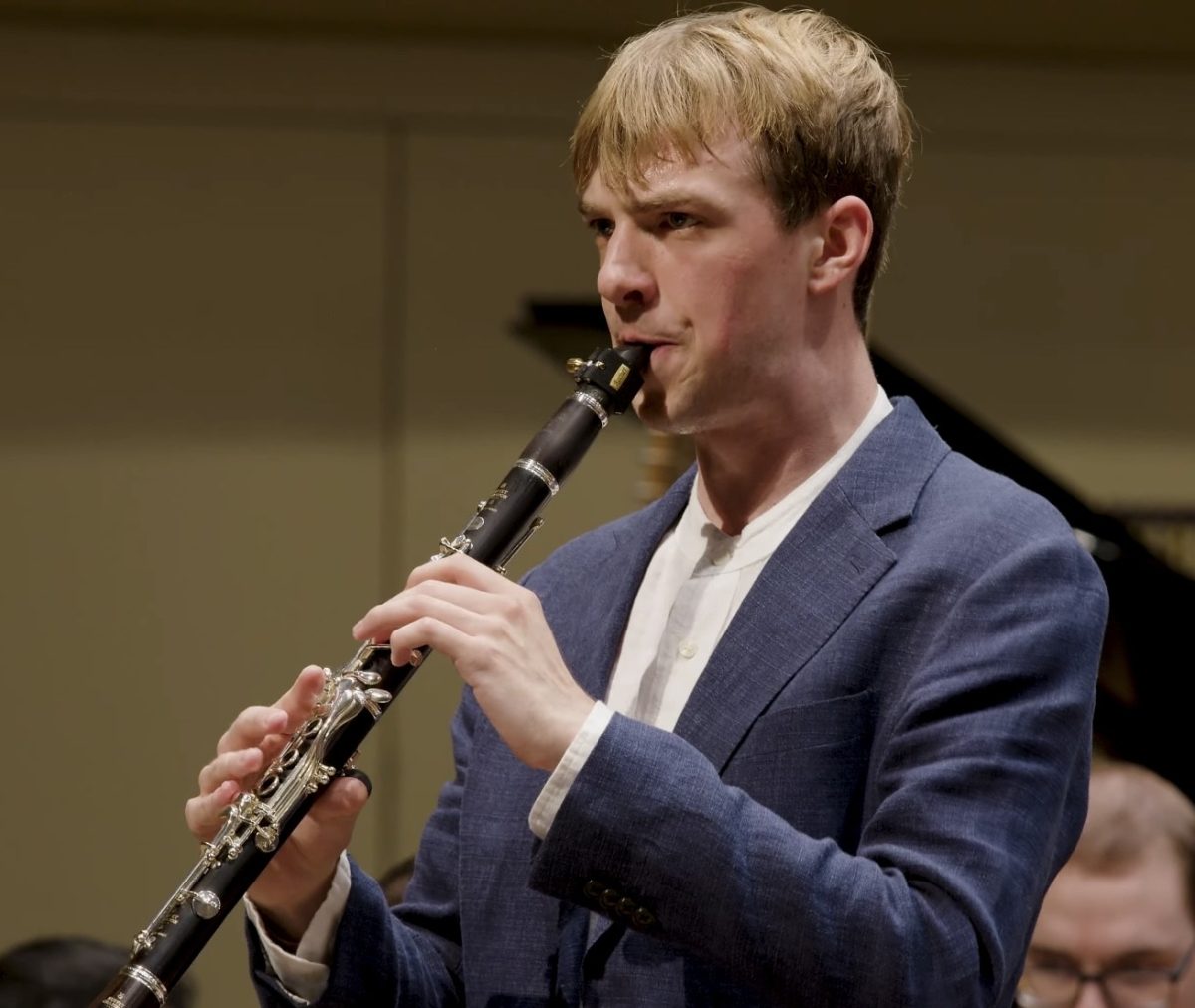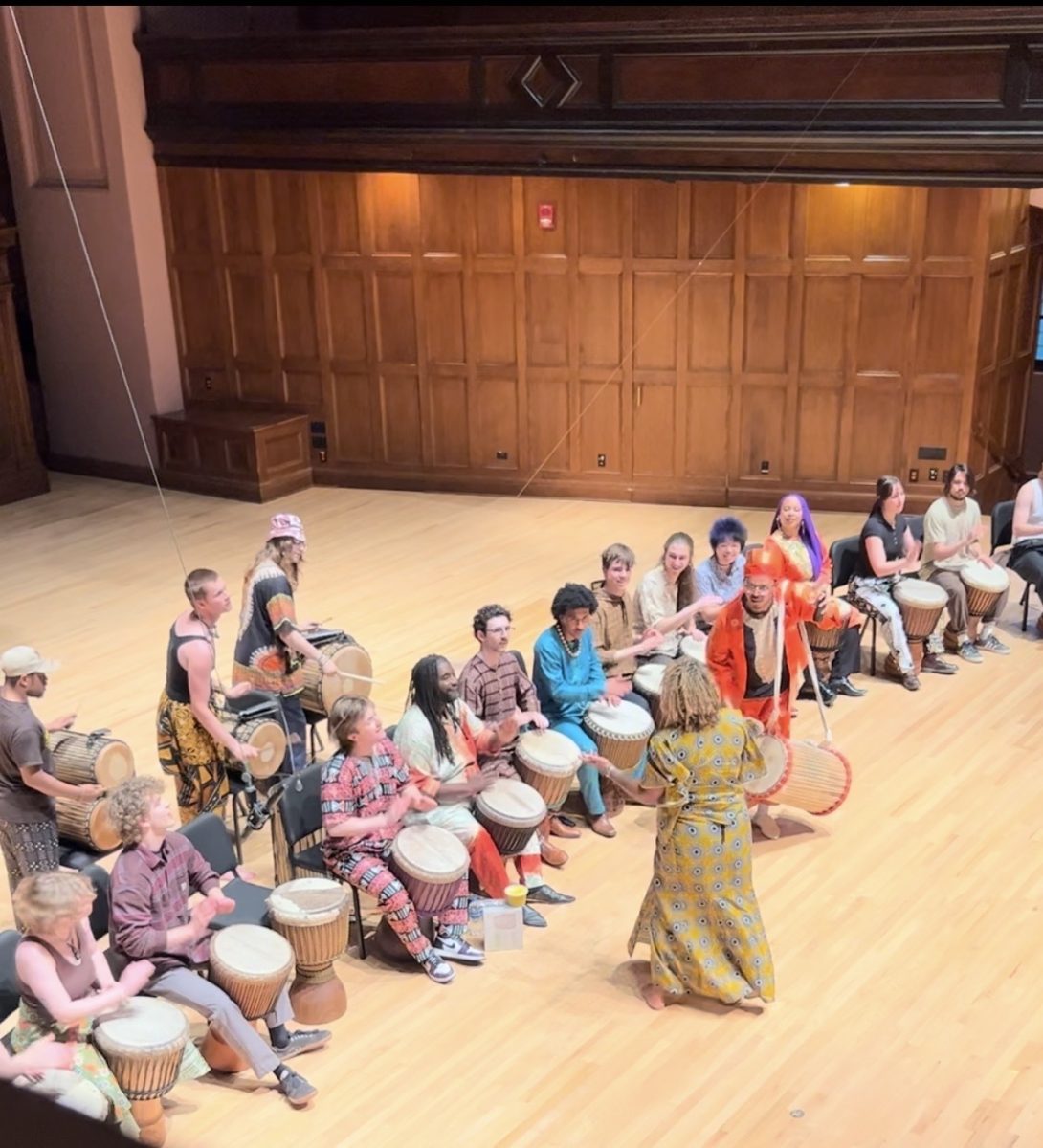Art Exhibition in Mudd Seeks to Create Political Dialogue Among College Students
October 14, 2011
The Oberlin Peace Activists’ League erected Ten Years of War this past week in Mudd Library. The eclectic collection of art aimed to draw attention to the United States’ militaristic involvement in the Middle East over the past 10 years with a five-day display in one of the most student-populated venues on campus. As this past decade has seen countless deaths from the U.S., Iraq, Pakistan, Afghanistan and even farther abroad, the pieces in Ten Years of War were intended to portray the magnitude of the horrors of U.S. war overseas.
“The work produced by each artist portrays an individual, and ultimately a community perception, on modern day issues of peace and conflict,” said OPAL Co-Chair and College junior Lexie Bean.
College sophomore Danielle Shiv’s portrait Afghan Woman emulated such an emotional travesty. The painting is a close-up of the woman’s face, creased with hardship. Painted in shades of red and brown, the figure stands out against its black background, demanding the viewer’s attention. The work seeks to arouse empathy with the contours of the woman’s face: She is visibly hardened by her worries and pain.
In preparation for the display, OPAL looked to Oberlin students and community members alike for submissions. The application process consisted of a photograph of the work and a write-up describing the thought process behind the piece.
While the installation resonated among College students as it momentarily became a background to their academic liveliness, some of the works were too amateur. Particular silhouettes were simple in execution and the subject matter was almost too bold. The topic, or sentiment, became obvious even with a quick glance and left little room for contemplation.
The simplicity, however, was conducive to the busyness of Mudd Library. Running back and forth between the staples at the main desk and the printers situated in the back, students don’t necessarily have the time for a thoughtful stroll through of the exhibit. By these standards, the art was engaging and allowed for an effortless absorption of their purpose. Details such as bold Hebrew letters heightened the subject matter.
In certain ways, the Ten Years of War art was less about art itself, and more about conveying a communal message. Bean also spoke about this importance, saying, “U.S. military intervention shapes national perception of the rest of the world and serves as a defining feature of the lives of young adults who have grown up in wartime.” This was the driving force behind the art selected: to portray, literally, the artists’ internal experience with war.
One particularly poignant portion in the exhibition was the student responses on the topic of U.S. intervention in foreign countries. To assemble this collage of responses, OPAL sent out a survey to students a few weeks before the installation. The questions included: “Why is the U.S. at war with Afghanistan?” “What would you like to say to the civilians of cities that America bombs?” and “What would you like to say to American soldiers abroad?”
The intention was to “suggest that no one really knows specifically why the United States is at war,” Bean recounted. “Displaying the results not only highlighted individual perspectives, but gave light to the uncertainty many young people have about U.S. foreign intervention.”
Overall, Ten Years of War was successful in its portrayal of the atrocities of war through artistic expression. The emotion behind the exhibition came through in the unity of student voices and the art pieces all demonstrated a uniform sensibility. However, only about 10 students participated in the exhibition, and perhaps greater College participation could have propelled the message further.






